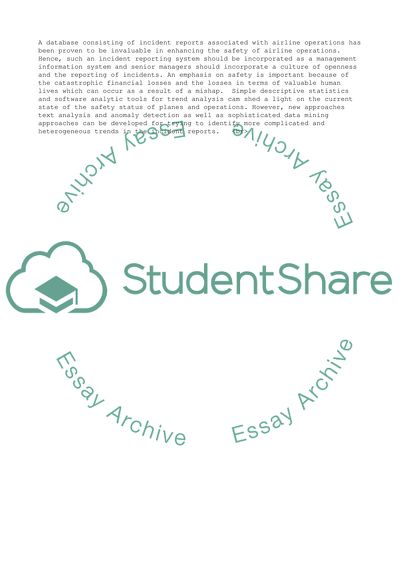Cite this document
(“Incident Reporting System in Airline Business Essay”, n.d.)
Incident Reporting System in Airline Business Essay. Retrieved from https://studentshare.org/business/1535037-incident-reporting-system-in-airline-business
Incident Reporting System in Airline Business Essay. Retrieved from https://studentshare.org/business/1535037-incident-reporting-system-in-airline-business
(Incident Reporting System in Airline Business Essay)
Incident Reporting System in Airline Business Essay. https://studentshare.org/business/1535037-incident-reporting-system-in-airline-business.
Incident Reporting System in Airline Business Essay. https://studentshare.org/business/1535037-incident-reporting-system-in-airline-business.
“Incident Reporting System in Airline Business Essay”, n.d. https://studentshare.org/business/1535037-incident-reporting-system-in-airline-business.


